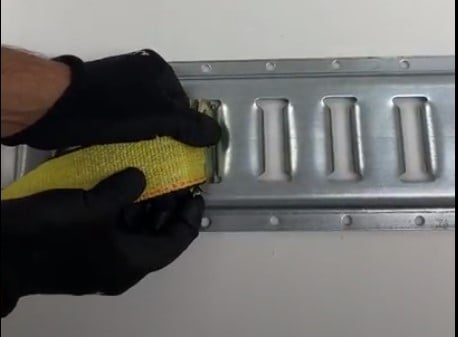A level is an essential tool in construction and DIY projects, ensuring that surfaces are perfectly horizontal or vertical. Whether you’re installing shelves or building a deck, a level ensures accuracy and stability. In this guide, we’ll explore the different types of levels, their uses, and how they can be applied in various projects, including those involving geotextile materials.

What Are the Different Types of Levels?
There are several types of levels, each designed for specific tasks:
- Bubble Level (Spirit Level): A common tool with a liquid-filled vial and air bubble that indicates whether a surface is level.
- Laser Level: Projects a laser beam to create a straight, level line across a surface, ideal for large spaces and precise measurements.
- Digital Level: Displays the level reading on a digital screen for increased accuracy and ease of use.
- Line Level: A small, lightweight level that is suspended on a string between two points, often used for outdoor landscaping.
Each type of level has its unique function, making it crucial to choose the right one for your project to ensure efficiency and safety.
How Do You Choose the Right Level for Your Project?
When selecting a level, consider the following factors:
- Project Scale: For large-scale projects, a laser level may provide the best accuracy over longer distances.
- Precision Needs: Digital levels offer the highest accuracy, while bubble levels are sufficient for most household tasks.
- Ease of Use: Choose levels with clear markings and easy-to-read displays for more straightforward measurements.
- Portability: Consider the size and weight of the level, especially for tasks that require moving it frequently.
Selecting the right level is essential to ensure your project is accurate and meets professional standards, especially when working with materials like geotextiles that require precise installation.
What Are the Safety Tips for Using a Level?
Using a level safely involves understanding the tool’s mechanics and taking appropriate precautions:
- Inspect Your Level: Ensure the level is in good condition, with no cracks or damage to the vial or laser.
- Use Correct Positioning: Always position the level securely on the surface being measured to avoid dropping it.
- Avoid Direct Laser Exposure: When using a laser level, avoid looking directly at the laser beam to prevent eye injury.
- Stable Working Area: Ensure the working area is stable and free from obstructions to ensure accurate measurements.
These safety measures are particularly important when working on projects that involve geotextile materials, where accurate leveling is crucial for proper installation.
How Are Levels Used in Projects Involving Geotextiles?
Levels are vital in many projects that use geotextiles, particularly in ensuring accurate placement and stability:
- Ensuring Even Surfaces: Levels are used to check that surfaces are even before installing geotextiles, preventing water pooling or shifting.
- Marking Guidelines: Laser levels help mark guidelines for geotextile placement, ensuring straight and accurate installation.
- Maintaining Alignment: During installation, levels are used to ensure that geotextiles remain aligned and correctly positioned.
By using the right type of level and technique, you can ensure that geotextiles are installed effectively, maintaining their integrity and functionality.
Levels are versatile tools that provide accuracy and stability in a wide range of applications, from household repairs to large construction projects. Choosing the right level and using it correctly can make all the difference in your project’s success. This is especially true when working with materials like geotextiles, where precise leveling is crucial for a durable and effective installation. Understanding the different types of levels and their applications equips you to handle any project with confidence and precision.